One Simple Piece of Advice That Will Definitely Improve Your Landscape Photography
- WildWillowWays

- Mar 6, 2022
- 4 min read
Updated: May 11, 2022

The inclusion of the small boat in this image serves to draw the viewer's eye.
I regularly travel to visit my daughter and her family, a five-hour round trip from my home. I usually stay for a few days, and I travel at different times of the day, in different seasons and in all sorts of weather conditions.
On my travels I usually break my journey with a photography stop, and I have several favourite locations where I park up, drink a cup of coffee and wander around to see what photographs I might capture.
On these occasions I don’t have the luxury of choosing the optimal photography conditions, and even if I do my best to plan for ideal conditions I am not guaranteed to get them, so I have to tailor my choice of image to suit the weather and the prevailing light.
Sometimes I am disappointed with the weather or the flat light and I don’t feel enthusiastic about stopping for photography. Yet when I begin to accept the conditions I am given and see what I can make I can have an enjoyable photography experience.
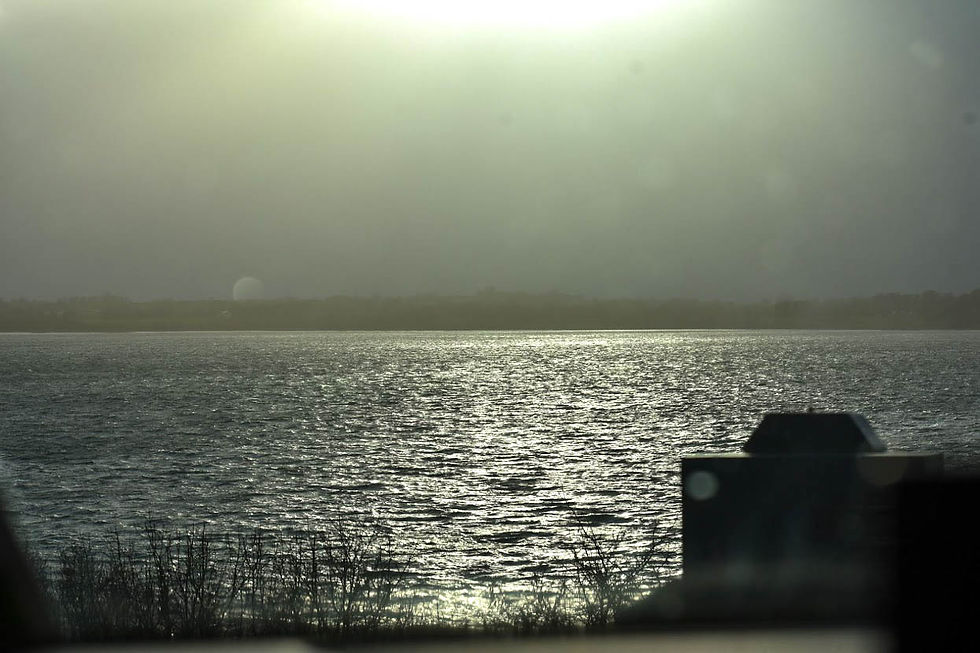
I have even taken photographs through raindrops on my car windscreen! (You can easily spot the raindrops!)
Sometimes I can even be lucky and manage to get some good light at my chosen location, and these are the days that I come home with some images that I am happy with.
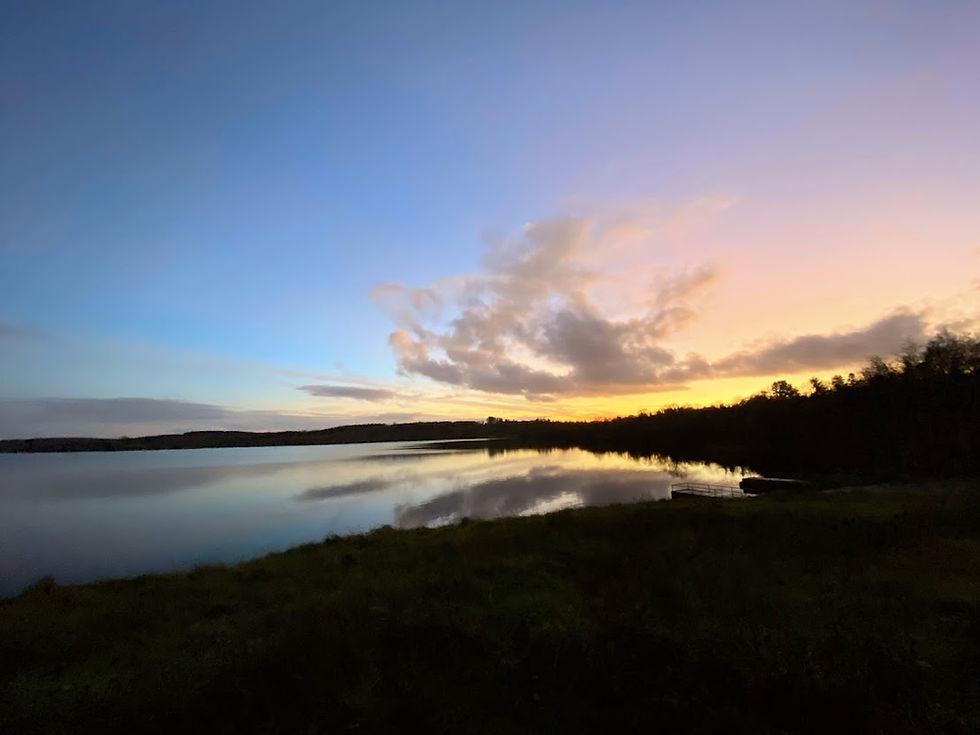
But often, in the absence of good light and clement weather, I have to rely solely on composition to make a fairly decent image.
One piece of advice that I turn to in these circumstances is the advice that we should always include a point of interest in our compositions, no matter how small that might be, so that we are providing an anchor that the viewer’s eye can attach to.
This can make the difference between producing an image which is uninteresting and one which is more compelling for the viewer.

Without the boat, this scene would have no interest. There is no real subject, nothing of particular interest. The inclusion of the boat adds colour, adds interest, and creates a story in the image.
Including ‘something’ to simplify and enhance our image
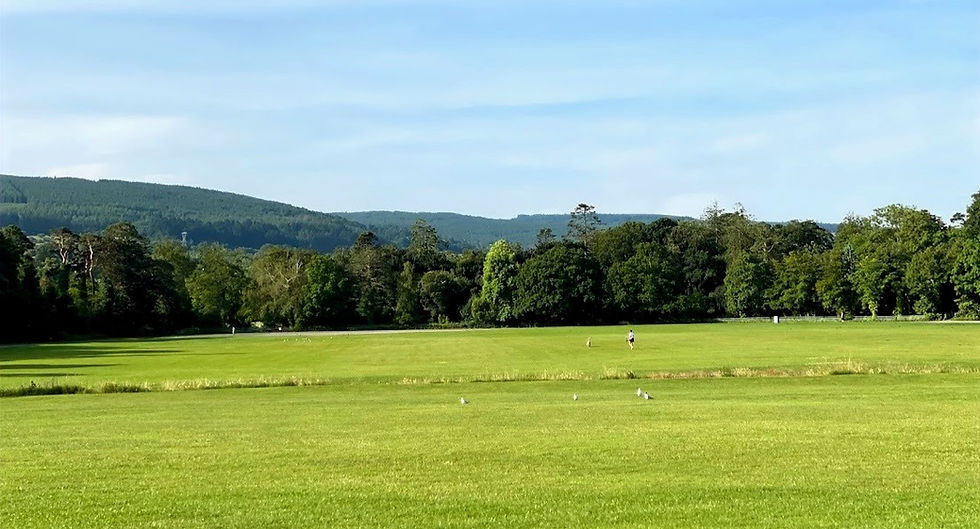
The image above offers no real point of interest, nowhere for the viewer's eye to rest.
When looking at the above photograph, if I consider the image from the viewer’s point of view it forces me to ask the question, to what part of the image is the viewer’s eye drawn? If I can’t answer this question, I believe that the image is not effective. It provides no focal point, no real point of interest for the viewer.
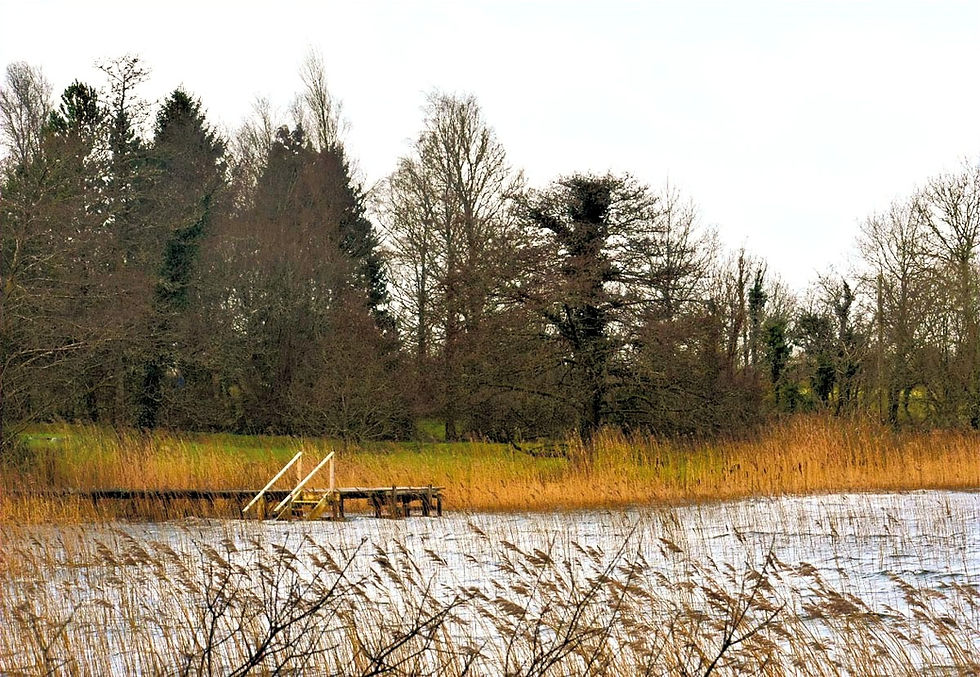
If I had taken this image further along the shore it would be uninteresting, simply another shoreline image. On the other hand, when I move the camera along and frame the shot to include the pier it gives me somewhere to look, it adds a focus point to the image. This simple addition can transform a boring image into an interesting one.

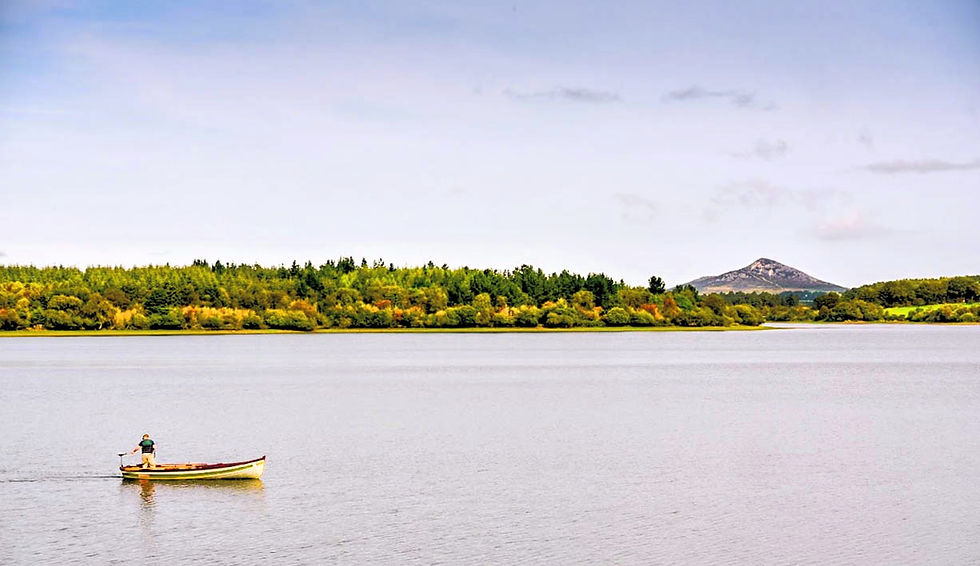
In my view, the inclusion of the boat in the image above adds to the interest for the viewer, compared to the image purely of scenery. It provides an element of story.
Simple versus minimal
My understanding of minimalist photography is that it brings composition down to the barest essentials. There is a lot of negative space and nothing superfluous in the frame.
In the opposite scenario, a photograph might have many elements, but it is the inclusion of one, often small, subject, designed to draw the eye, which gives the image its simplicity and aids in telling the story of the image.
This subject might be something like a splash of colour that contrasts sharply with surrounding colours, or it might be a small object on which the focus is placed.
I like to include objects like a boat, a small building, a lone tree, a gate, a rock or stone in the foreground, an animal or person in the distance.
I like to find unusual subjects on which to focus, particularly subjects which we might not expect to see in this place.

I walked along the canal bank until I found something that would add interest to the image. Even though it is only an old shed it can become a special element that draws attention in the photograph.
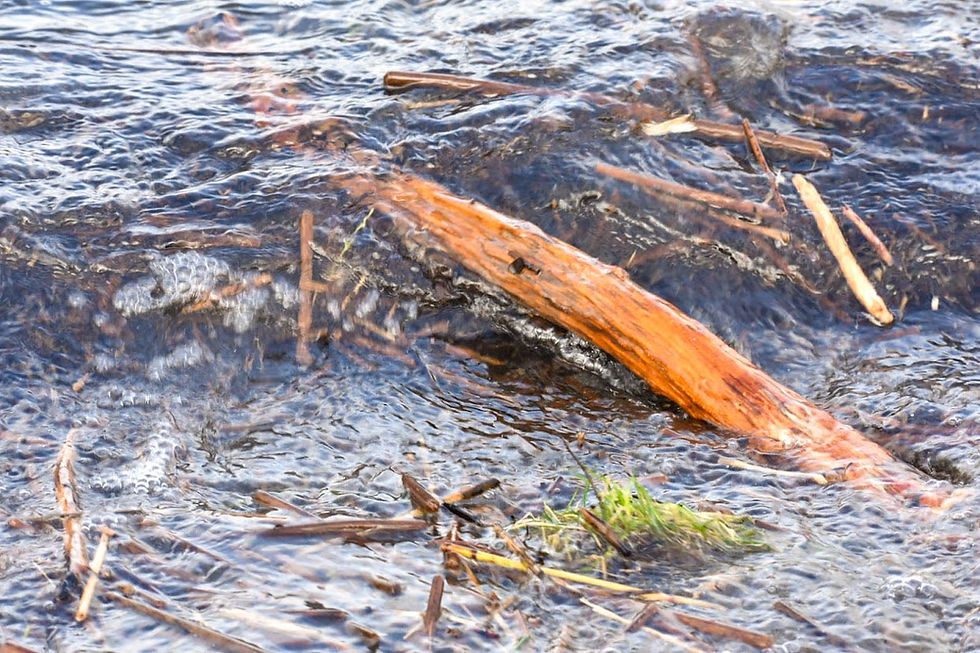
On this occasion, the water was choppy and interesting to watch as it splashed against the lakeshore, but it would not translate to an interesting image. I think that the addition of the washed-up log provides some interest in the frame by providing context and telling the story of what was happening in the lake.
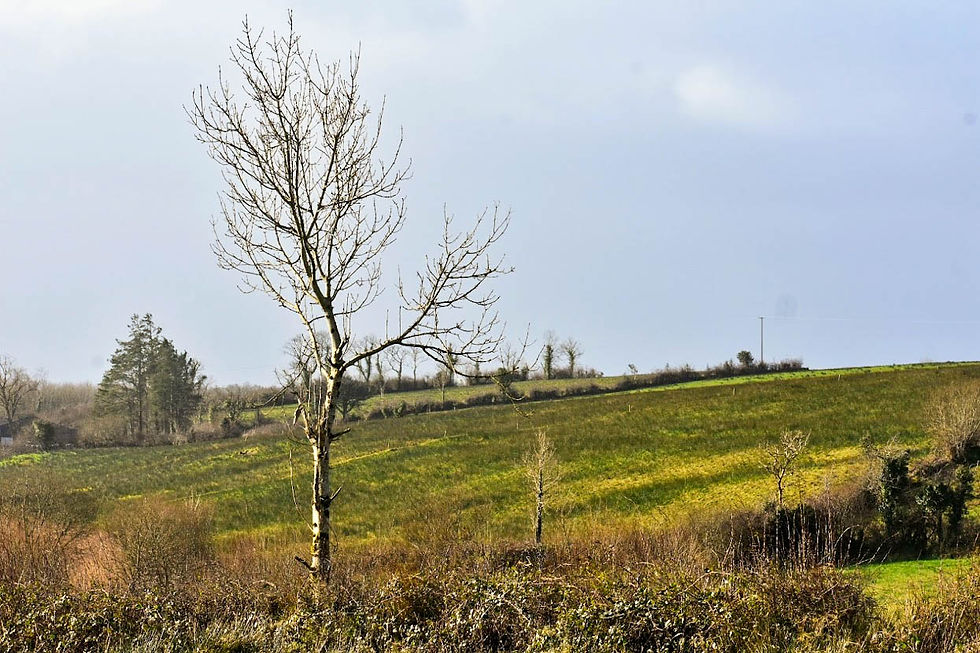
Including the tree in the foreground means that it becomes the focal point for the viewer.

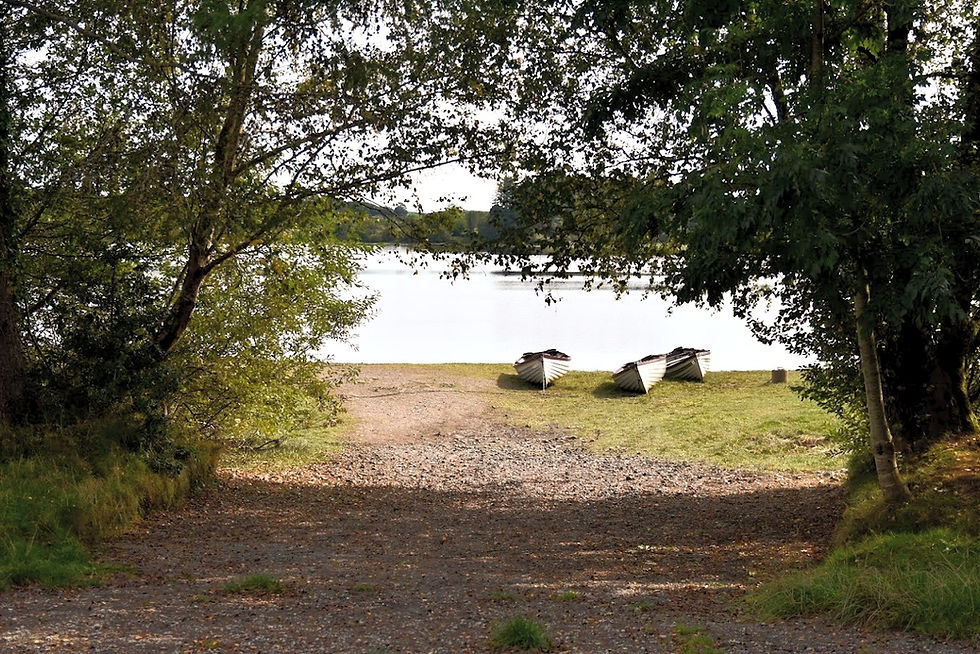
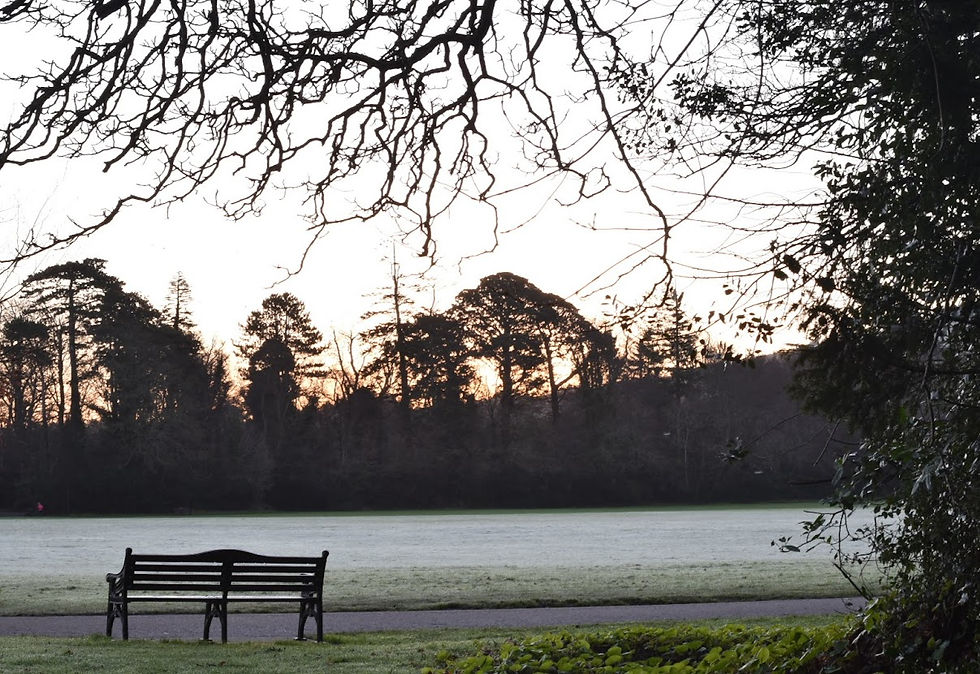

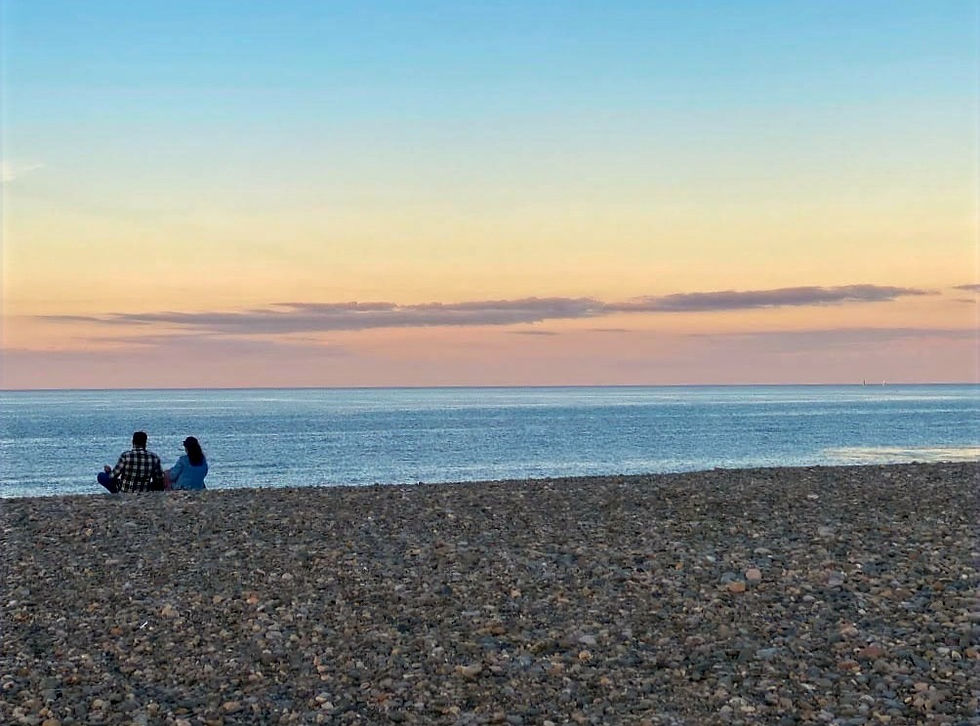
In each of the images the inclusion of one thing changes how the viewer will see the image.
The photograph linked above from well-known Danish photographer, Mads Peter Iversen, really illustrates the point. The image is much more captivating by having the person in the frame.

Bigfoot
Conclusion
In some ways, including objects in the image could be considered props in telling the story of the photograph. A bare landscape will not tell a story but when you include ‘something’ this can act as an aid to storytelling and understanding the photograph.
The image becomes about something rather than of something.
You will know you are improving as a photographer when you produce photographs that encourage the viewer to stop and look, to consider what the photograph is about and to spend time moving around the frame. I believe that the careful inclusion of certain elements into your landscape image can help to do this. This action can change a boring image into a compelling image by adding interest and purpose and including story.
Do you agree with this statement, or do you find that you hardly notice the inclusion of a small subject in a landscape image?
Next time you are out shooting, try adding a small subject to your landscape image to see if you like the difference it makes.



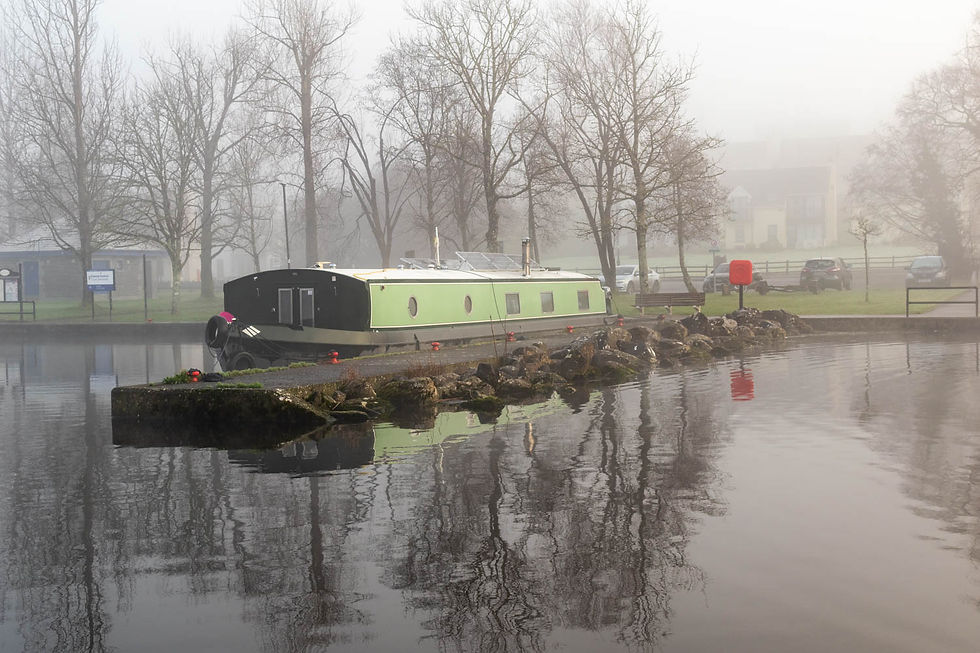


Comments